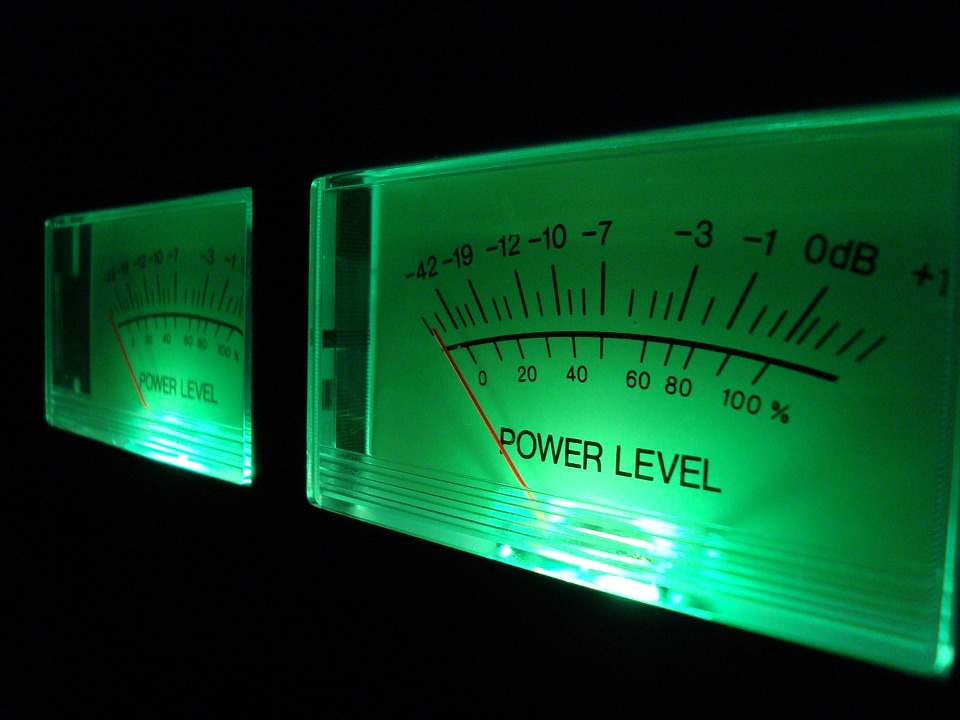The radio Production Director has always been an elusive creature. It takes some hunting but you will usually find him in a quiet studio off the beaten path, toiling away and only coming up for air to find a receptionist to help voice a spot.
These days, most Production Directors are creating content for multiple stations in the building, dealing with newly hired salespeople, and juggling a huge workload that is always time-sensitive.
Rarely seen but often heard, these staffers touch every department in your cluster, so improving their work environment by addressing their pet peeves might just pay off for many areas of the operation.
Rob Naughton is one of the best in the business, spending many years in this environment, producing imaging and commercials for great radio brands, including KSHE and WLUP. He currently is a full-time voice talent for radio imaging, television promos, and commercials.
In this week’s “Guest List,” Rob takes on the topic of “5 Pet Peeves of Production Directors.”
1) Why is there still too much copy?
This is an old problem that really has no place in a crowded media world of messages struggling for your listener’s attention. But advertisers and even station promotion directors still think their message has to include tons of details, phone numbers, and other items no listener can recall. Ironically, these same people can carry on a complete conversation with just three words on Snapchat.
Try keeping radio copy as concise and appealing as your posts on Facebook or Twitter. Your listeners will either “Like” it and get more details or not. And much like social media, saying more extraneous details probably won’t change their opinion. It just clutters up their news feed.
2) There will always be late copy.
Web developers now have algorithms that can predict what I want for lunch on Tuesday. Is it possible that we can predict the flow of production at a radio station, too? The answer from your production director is YES! They know the copy may pile up on Friday afternoon or that certain sales reps will always send copy revisions at 5:01.
Every job has a workflow, and production directors know, regardless of the common late copy reasons, it is ultimately their job to get scheduled promos or commercials on the air.
One option is to let Production Directors set work hours around these peak times. The commercials and promos still air at the right times. But with this flexibility, your production staff spends more time working and less time being thrown off their work schedule.

3) Try to extend the creative shelf life.
If a great promo falls in the woods and nobody hears it – is it still great?
When your creative staff produces work that stands out, the job isn’t finished until that content gets to the audience. If I miss The Jimmy Fallon Show broadcast, I will probably still see a funny clip on YouTube or Facebook days or even months later. Ultimately, the message that reaches me is that Jimmy Fallon is funny and I should catch his show more often.
The same is true with your station creative. Programmers know all too well the importance of song rotations, so maybe treat some of the more stand out imaging the same way. Extend the shelf life by strategically placing them in rotations that can stay on the air and reinforce your brand much longer. This way the audience actually gets to hear your message through those proverbial woods.
4) Show them the money.
Most production directors will or are already freelancing for extra money either with commercial voiceover or station imaging services. It
 doesn’t mean they give you any less work in a day or that they must not have enough to do. Do the jocks work every single second during their airshift? No, they are paid for what happens when the mic is on. Production directors are no different, except they also handle all the day-to-day radio business as well.
doesn’t mean they give you any less work in a day or that they must not have enough to do. Do the jocks work every single second during their airshift? No, they are paid for what happens when the mic is on. Production directors are no different, except they also handle all the day-to-day radio business as well.
Try to see this perspective when you hear them producing sweepers for a different station or auditioning for a bank commercial on what is considered company time. Remember, you’ve got the producer other program directors wish was just down the hall from their office.
5) The tools of the trade are not toys.
Years ago a quality studio console would cost thousands of dollars and that was just the beginning. Production is a craft that requires tools, and thankfully, they are so much cheaper with today’s digital recording. So why not allow for some regular purchases of updated software, recording processors and music services that keep your production department hot and up-to-date? Most of these products are a fraction of what professional studio equipment used to cost.
Yes, radio budgets are tight, but a few planned small investments during the year are not only possible but can have a real positive impact on the work of your creative team. Even if they still just look like shiny new toys to you.

Rob Naughton is a former commercial production and imaging director for top radio brands including KSHE/St Louis and WLUP/Chicago. He is currently a full time voice talent for radio imaging, television promos and commercials.
For more information about Rob, you can contact him here:
Twitter/Instagram: @robnaughton
Thanks to Seth Resler for putting together this week’s “Guest List.”
More Guest Lists
- Alan Cross: 5 Music Facts That Will Stun You
- Pete Schweddy: 5 Ways Podcasters Can Avoid the “NPR Trap”
- Heidi Raphael: 5 Ways To Tell Your Station’s (Or Your Company’s) Story
- Jim Cutler: 5 Tips To Help Radio Turn Empty Imaging into Solid Content
- Is There “Bedrock” Down There?
- How AI Can Give Radio Personalities More…PERSONALITY - April 23, 2025
- Can Radio Afford To Miss The Short Videos Boat? - April 22, 2025
- Media And Technology In 2025: Believe It Or Not! - April 18, 2025





Leave a Reply